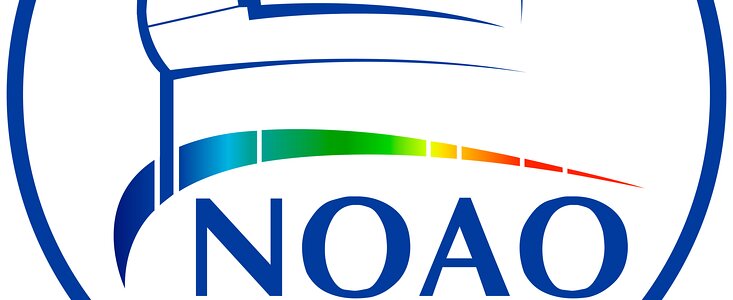GLOBE at Night 2010 Builds toward Breaking the Record Set During the International Year of Astronomy
3 Marzo 2010
With half of the world’s population now living in cities, many urban dwellers have never experienced—and maybe never will—the wonderment of pristinely dark skies. This loss, caused by light pollution, is a concern on many other fronts as well: safety, energy conservation, cost, health, and effects on wildlife. Yet, even though light pollution is a serious and growing global concern, it’s one of the easiest environmental problems that you can address on local levels.
Participation in the international star-hunting campaign, GLOBE at Night, helps to address the light pollution issue locally as well as globally. From March 3rd to 16th, 2010, everyone all over the world is invited for a 5th year to record the brightness of the night sky. The campaign is easy and fun to do: first, you match the appearance of the constellation Orion with simple star maps of progressively fainter stars. Then you submit your measurements online, including the date, time, and location of your comparison. After all the campaign’s observations are submitted, the project’s organizers release a map of light-pollution levels worldwide. Over the last four annual campaigns, volunteers from more than 100 nations have contributed 35,500 measurements. Nearly 45% of these came during last year’s campaign as part of the celebration of the International Year of Astronomy (IYA).
“One of the most creative examples of GLOBE at Night participation in IYA2009 was a community-wide effort in Indiana,” says Connie Walker of NOAO, director of the GLOBE at Night program. Thousands of students from a school district observed Orion from their backyards, and these kids ended up contributing 20% of the 2009 GLOBE at Night data. But they did not stop there. They demonstrated how much darkness they’d lost by building a 3-D model of the land area covered by their data. Starting with 35,000 Lego blocks stacked six layers high (the higher the stack the darker the sky), they took away 12,000 blocks to represent a sky nine times brighter than an ideal sky. The students presented their findings to local leaders and were honored for their efforts.
To learn more, visit the program’s website: www.globeatnight.org. You can also listen to a 10-minute audio podcast on light pollution and the GLOBE at Night campaign. For activities that let children discover what light pollution is, how it affects wildlife, and how to prepare for participating in the GLOBE at Night campaign, check out the new Dark Skies Rangers program.
“Monitoring our environment will allow us as citizen-scientists to identify and preserve the dark sky oases in cities and locate areas where light pollution is increasing,” says Walker. “All it takes is a few minutes during the March 2010 campaign to measure sky brightness and contribute those observations on-line. Help us exceed the 15,700 observations contributed last year. Your measurements will make a world of difference.”
Más Información
GLOBE at Night is a collaboration between the National Optical Astronomy Observatory (NOAO), the Environmental Systems Research Institute, Inc. (ESRI), the International Dark-Sky Association (IDA) and Centro de Apoyo a la Didactica de la Astronomia (CADIAS) with past sponsorship from The Global Learning and Observations to Benefit the Environment (GLOBE) Program. NOAO is operated by the Association of Universities for Research in Astronomy Inc. (AURA), under a cooperative agreement with the National Science Foundation.
Contactos
Dr. Constance E. Walker
Director, GLOBE at Night National Optical Astronomy Observatory
Tel: (520) 318-8535
Correo electrónico: cwalker@noao.edu


